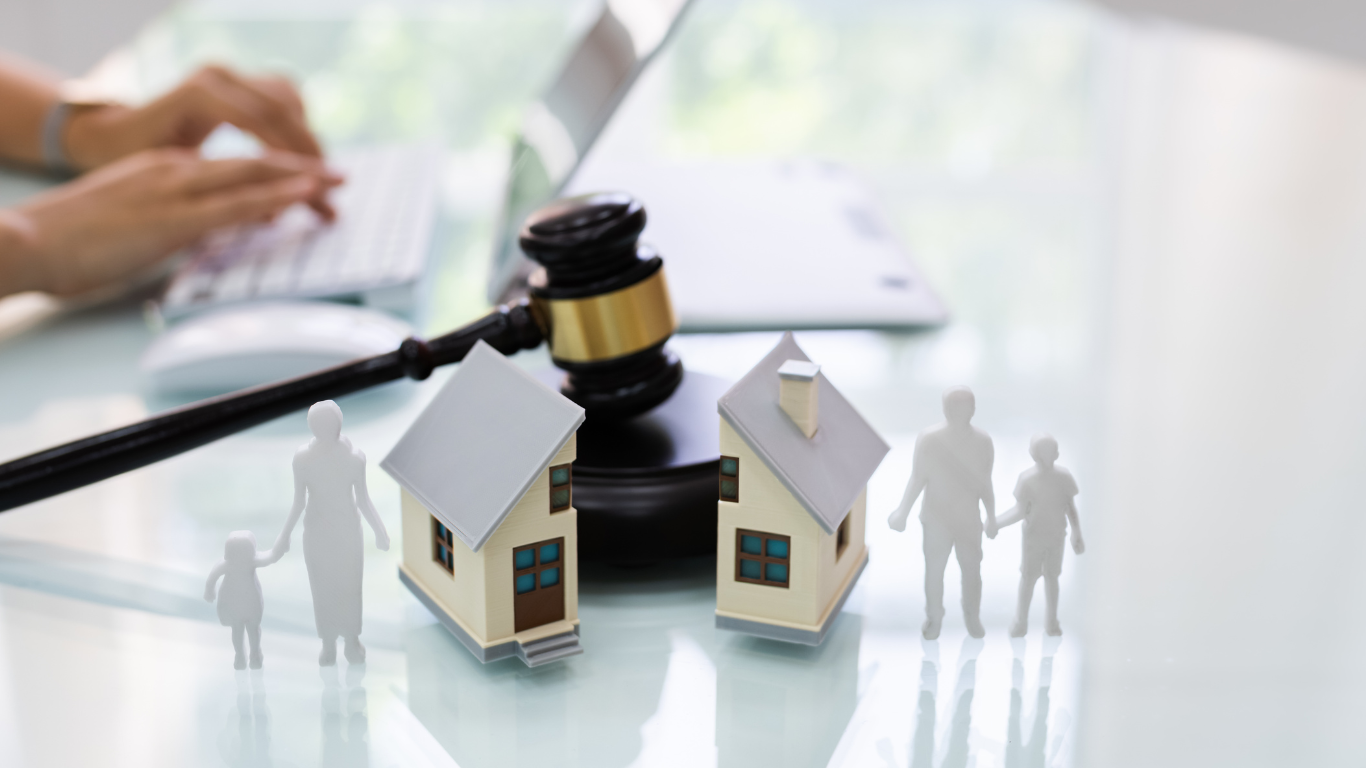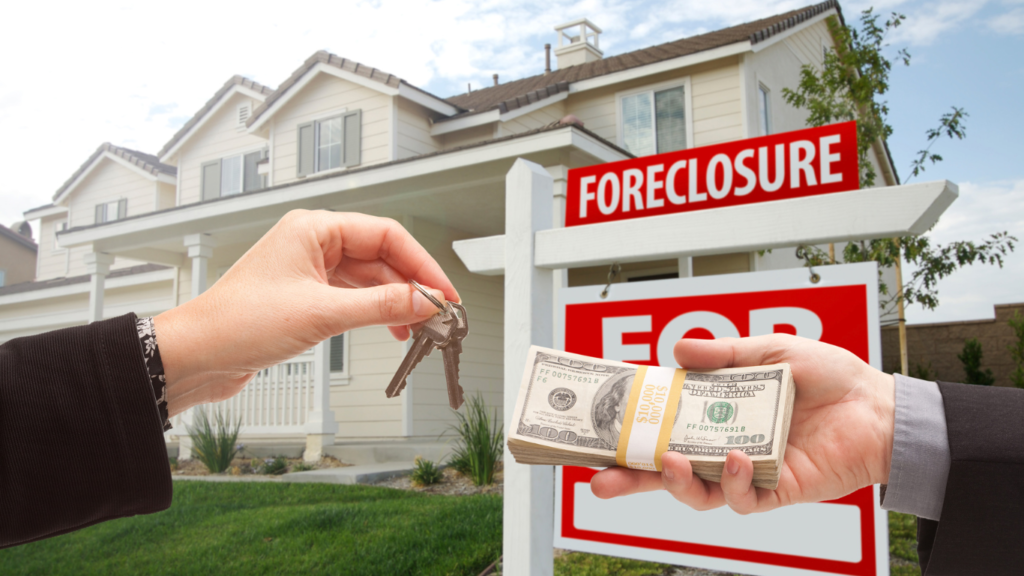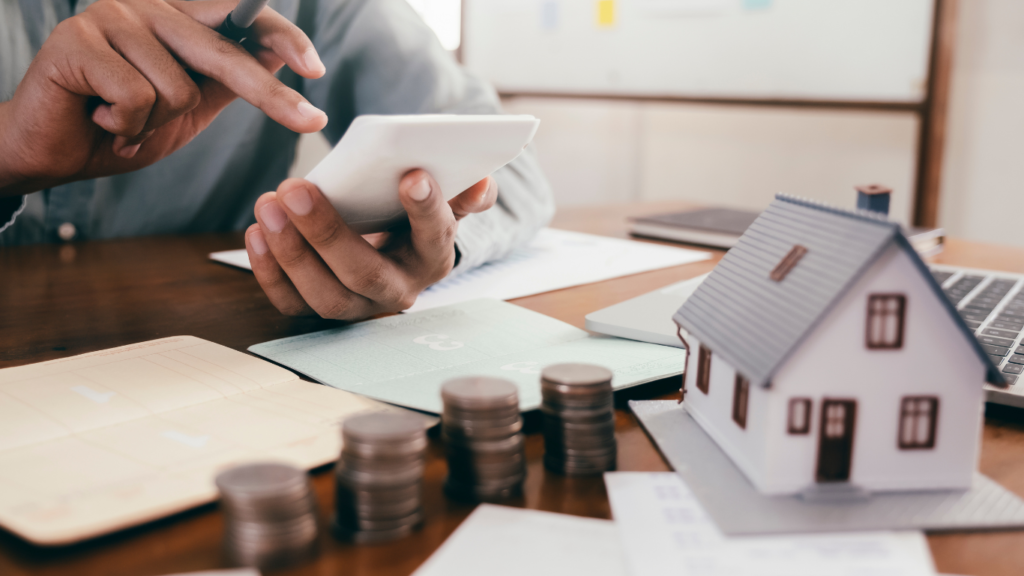Bankruptcy is a daunting process, but some homeowners may benefit from it. Understanding your options and the bankruptcy process can help you make an informed decision when considering bankruptcy.
This article will provide an overview of bankruptcy in Wisconsin and outline the steps you need to take if you decide to file. So, whether you’re considering bankruptcy or just want to learn more about your options, keep reading.
What Is Bankruptcy?
Bankruptcy laws allow people to start over by liquidating their assets and, sometimes, arranging repayment plans.
Among the goals of bankruptcy laws are:
- Take care of paying debtors timely if there is property to repay.
- Eliminate most of the debts of honest debtors to give them a fresh start.
When Should You Consider Filing for Bankruptcy?
Bankruptcy is not always the best option, so you need to keep this in mind when considering it.
Below are some scenarios where you can consider filing for bankruptcy:
- You’re at risk of going through foreclosure.
- You’re constantly harassed by debt collectors.
- You’re using your credit cards to pay for rent and food.
- You’re unable to work a payment plan with your creditors.
- You’re unable to stay current with your mortgage payments.
Is Bankruptcy the Only Way Out?
Consider all your options before filing for bankruptcy. Taking credit counseling or settling your debts are two alternatives to bankruptcy. A financial advisor can help you decide which option is best for you.
Debt consolidation can reduce your monthly payments while reducing your interest payments as well. Consequently, you can pay off your debt more quickly and save on interest. Negotiating directly with your creditor can also save you from bankruptcy.
The Types of Bankruptcy
There are two main types of bankruptcies available for individuals in Wisconsin: Chapter 7 and Chapter 13.
Chapter 7
Chapter 7 bankruptcy is usually the first option considered because it can be completed quickly and does not require creditors to be repaid. Besides that, people with minimal work and living needs may find it a good option since they won’t have to give up unnecessary luxury items. As a final note, Chapter 7 bankruptcy does not allow you to catch up on your mortgage or car payment, so if you’re behind when you file, you will lose them.
Chapter 13
Chapter 13 filers, in contrast, are given three to five years to repay their debts. As opposed to Chapter 7, Chapter 13 prevents you from losing your house or car to foreclosure or repossession. You may also be able to negotiate a payment plan with your creditor if you are not able to discharge your debt.
How to File for Bankruptcy in Wisconsin
It is common for people to be deterred from filing bankruptcy by the cost of a lawyer. While the cost of bankruptcy attorneys is the most expensive part of filing for bankruptcy in Wisconsin, you don’t need an attorney to proceed.
Below are the steps to do so.
- Gather Your Wisconsin Bankruptcy Documents: You will need copies of your tax returns from the previous two years and your last 60-day pay stubs.
- Take a Credit Counseling Course: Learn more about the credit counseling course here.
- Fill Out the Bankruptcy Forms: You can download the forms free through USCOURTS.gov.
- Pay Your Filing Fee: Chapter 7 bankruptcy requires a court filing fee of $338. When your income does not exceed 150% of the poverty guidelines in Wisconsin, you can request a filing fee waiver.
- Print Your Bankruptcy Forms: Make sure to print all forms on regular, white 8.5″ x 11″ paper using black ink.
- File the Forms With the Wisconsin Bankruptcy Court: You must bring the physical bankruptcy petition to the courthouse if you are filing pro se since only lawyers can file online. In Wisconsin, not every court accepts bankruptcy filings, so if you live in the Western District or the Eastern District, you’ll need to file at the Madison or Milwaukee courthouses.
- Mail Documents to Your Trustee: You will be assigned a trustee after filing for bankruptcy.
- Take Another Course: Attend a debtor education course within 60 days of the 341 meeting.
- Attend Your 341 Meeting: Your creditors can attend this meeting to ask questions.
What Happens After You File for Bankruptcy in Wisconsin?
Declaring bankruptcy will discharge most of your unsecured debts. However, student loans, child support, and alimony are not dischargeable in bankruptcy. Some assets may also have to be surrendered depending on your bankruptcy choice. In addition, bankruptcy does not cover debts incurred after filing.
Will Bankruptcy Affect Your Credit Score?
You will temporarily see a drop in your credit score after filing for bankruptcy. You will see your credit score reflect the bankruptcy for seven to ten years after filing. However, It is possible to restore your credit and restore the damage already done by following a few financial tips on a regular basis.
Here are some steps you can take in order to rebuild your credit:
- Take out a small loan.
- Apply for a secured credit card.
- Maintain a good payment history.
- Stay on top of your credit report for errors.
- Become an authorized user on a credit card.
Sell Your House for Cash & Avoid Bankruptcy in Wisconsin
Most people try to avoid bankruptcy as much as possible to avoid having to file for it. You may be able to solve your financial woes by selling your house if you are overwhelmed by debt. You can avoid bankruptcy and regain your peace of mind by working with a trusted home buyer. Contact us at Favor Home Solutions today to learn more about how we can help you sell your home quickly as-is, without agent fees, and hassle-free!


